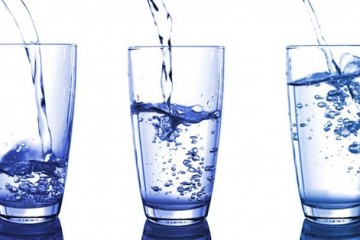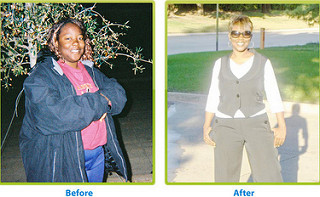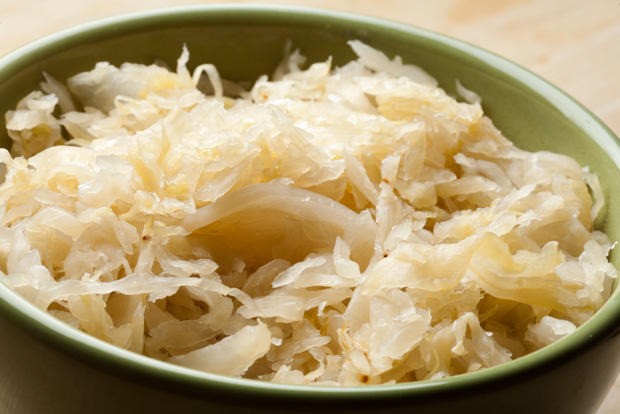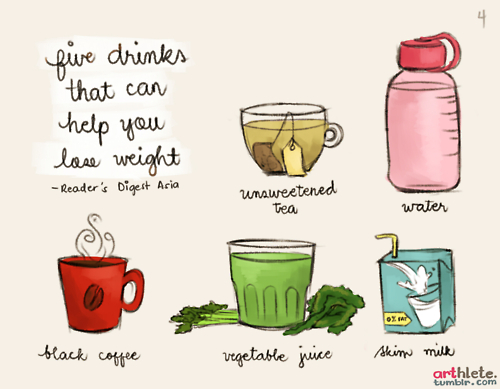Ugh. Diets. As if losing weight weren't hard enough, how do you decide which diet to follow? Mediterranean or Jenny Craig? Flexitarian or Volumetrics? And what do those mean, anyway?
U.S. News and World Report has put together a list of the best overall diets. But some of the plans are less effective than they claim, and others are just miserable. Some you'll need a degree in food chemistry just to follow. And a few require a sizeable bankroll. (Get a flat belly in just 10 minutes a day with our reader-tested exercise plan!)
Here's our take on the top 10 diets, warts and all.
The DASH Diet
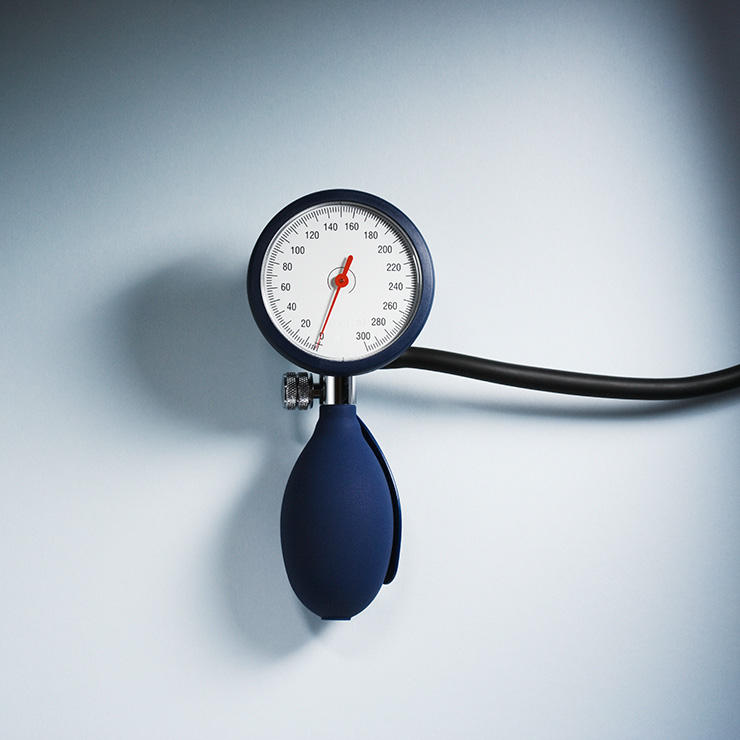 2/12
The DASH Diet
2/12
The DASH Diet
The Dietary Approaches to Stop Hypertension (DASH) diet is all about your blood pressure. It emphasizes cutting sodium and fat while consuming fiber from grains, fruits, and vegetables. It also stresses getting protein—in limited amounts—from low-fat dairy and lean meats. (Here are 13 foods that lower blood pressure naturally.)
The diet doesn't stray far from the much-maligned food pyramid. People struggle to lose weight on this style of eating, and not everyone needs to cut salt to such an extreme degree—especially if they don't have high blood pressure.
The DASH diet wags a finger at saturated fat, asking you to replace butter with margarine and seed oils. That's outdated and potentially dangerous, since we now know that the oils used in margarine may do more harm than good. An Australian study published in BMJ found replacing butter with margarine led to higher rates of death from heart disease.
"When you strip away healthy fats, you're removing vitamins A and D and omega-3s that naturally occur," says Alyson Brown, NTP, founder of Wooden Spoon Nutrition in the Bay Area. "You need those to support your immune system and to absorb calcium to maintain bone strength."
One tweak to make the DASH diet healthier includes adding the fat back in, according to a study in the American Journal of Clinical Nutrition. The researchers found that study participants who followed a DASH diet but ate full-fat dairy instead of a low-fat alternative lowered not only their blood pressure but also their level of the blood fats called triglycerides.
The MIND Diet
 3/12
The MIND Diet
3/12
The MIND Diet
The MIND diet focuses on 10 categories of food supposedly supportive of brain function and health: leafy greens, veggies in general, nuts, berries, beans, whole grains, fish, poultry, olive oil, and wine (in moderation). You avoid butter, fried and fast food, red meat, and sweets.
While the MIND diet is well rounded and could help you lose weight, the evidence that any diet wards off Alzheimer's is highly questionable. "It's a diet that may provide false hope to people in the early stages of cognitive decline," says Heather Bainbridge, RD, nutrition care coordinator at Temple Health Bariatric at Temple University Hospital and Jeanes Hospital.
David Knopman, MD, a Mayo Clinic neurologist, says our brains are best served by exercise, avoiding diabetes through a healthy diet, exercise, and building relationships that make us happy. "The diet fads of blueberries, broccoli, coffee are all nonsense," he says. "No one eats food in isolation, and trying to disentangle associations between foods, especially when all the data is observational, is a hopeless and useless task."
The TLC Diet
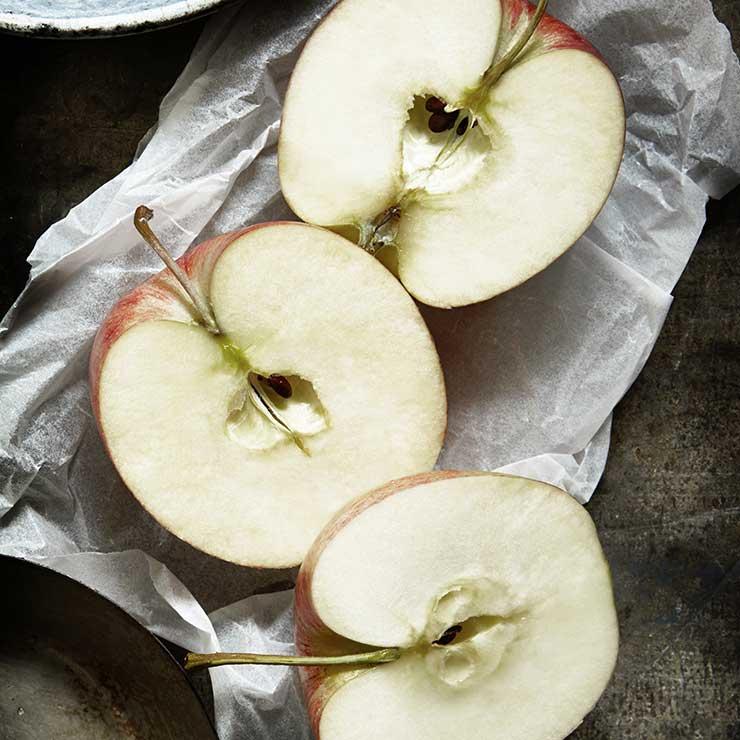 4/12
The TLC Diet
4/12
The TLC Diet
The NIH created the Therapeutic Lifestyle Changes (TLC) Diet, which aims to lower your cholesterol naturally by cutting saturated fat by eliminating meat, full-fat dairy, and fried foods. But the taboo on saturated fats also means heart-healthy coconut oil is out.
The diet demands that you eat no more than 200 mg of saturated fat per day. That's about what you get from a small piece of cheese. You can't begin to imagine the amount of analysis and vigilant label reading it'll take to even come close to that miniscule amount.
Worse, it's unclear that cutting saturated fat to that level will make much of a difference. More and more research is finding that saturated fat has a limited impact on cholesterol; plus, you may end up overeating. "Fat plays an important role in feeling full," says Bainbridge. "On this diet, you may overdo it with grains since you'll burn carbs quickly and miss out on the slower-burning fats that maintain fullness." Bainbridge also questions the diet's allowance for refined carbs. "Instead of balancing meals and snacks with healthy fats and protein, a person on this diet could grab an apple and a cereal bar for breakfast. That's recommended on the plan, but research has found that emphasis on carbs without protein or fat can increase hunger later in the day," she says.
By contrast, the Mediterranean diet, which allows higher fat consumption, is more effective at controlling cholesterol. It's also better at stopping diabetes than the TLC diet is, according to a study in Diabetes Spectrum.
The Fertility Diet
 5/12
The Fertility Diet
5/12
The Fertility Diet
The Harvard professors who created the Fertility Diet put a lot of joy back into eating. They advocate full-fat dairy (even ice cream), some healthy meats, whole grains, and lots of vegetables. The diet cuts out dangerous trans fats (the kind in margarine and fast food), soda, and most processed foods.
The goal of this diet is to promote fertility and ovulation. "This is a very healthy diet," says Bainbridge, "but it's fairly robust in calories, and the emphasis on full-fat products means this isn't an ideal weight loss diet, especially if being overweight is one obstacle to conceiving." (Check out the health problems that may be causing you to gain weight.)
"The diet has soy in some recipes—including soymilk, which is highly processed, an endocrine disruptor, and terrible for fertility," says Brown. "When you're looking to get pregnant, you don't want all the chemicals you'd find in soymilk going into your body."
MORE: 10 Silents Signals You're Stressed
Also, the notion of a diet and pregnancy seems at odds. "If you want to get pregnant, you want to avoid stress," says Bainbridge. "What I worry about is if a woman is feeling stressed out trying to conceive, and then overly focuses on her diet as the answer, she may be either too hard on herself for digressions from the diet or she may adopt rigid dietary practices that would increase her stress."
The Mediterranean Diet
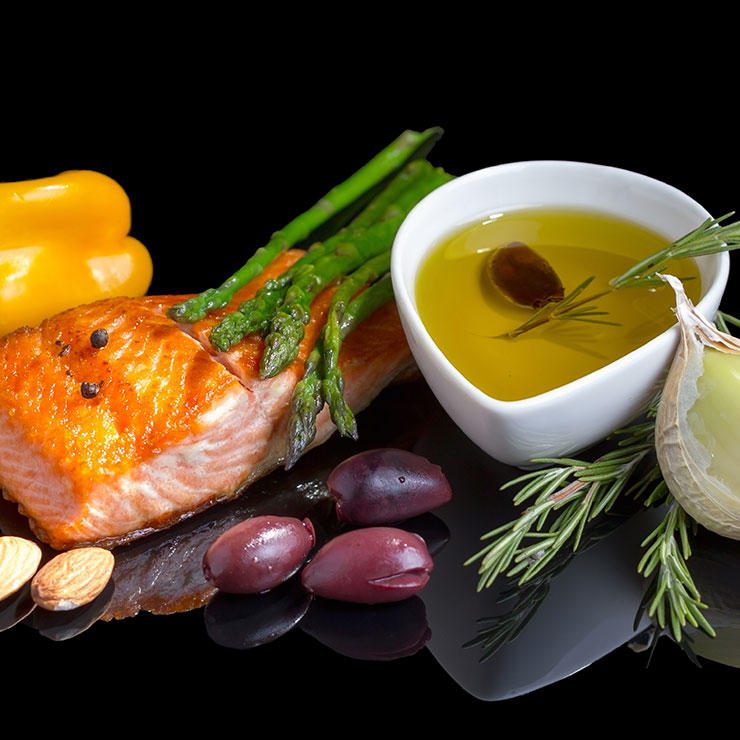 6/12
The Mediterranean Diet
6/12
The Mediterranean Diet
The Mediterranean diet aims to mimic the healthy diet of people living around that beautiful blue sea. It's not so much a diet as a way of life. The Mediterranean diet asks you to enjoy food: Eat with friends, use healthy fats like olive oil, and savor lots of vegetables, nuts, whole grains, beans, legumes, and seafood. Have the occasional sweet treat or juicy steak. And have a glass of wine with your food. Just stick with sensible-size portions.
Science backs up this diet's wisdom. The food plan lowers the risk of heart disease and breast cancer. And it's more effective at promoting weight loss than a low-fat diet is.
This is a good one, no question about it. However, it comes at a cost: "If you're going to use a high-quality olive oil, you'll have to pay handsomely for it," says Brown. "The big tins you see in box stores are a much lower quality and possibly adulterated with less-healthy oils." With its emphasis on fresh foods prepared at home, eating economically on this diet isn't easy to do—and preparing food at home is time-consuming.
"It makes going out to eat a challenge," says Bainbridge. "Restaurants will use much-lower-quality cooking oil and give you a larger portion size, so you really have to practice restraint."
The Mayo Clinic Diet
 7/12
The Mayo Clinic Diet
7/12
The Mayo Clinic Diet
That venerable hospital in Rochester, MN, has put together a two-phase rapid weight loss system guaranteed to take off 6 to 10 pounds in just 2 weeks and a pound or two every week after until you reach your goal. The caveat? You'll be absolutely miserable.
The first phase, the "Lose It" phase, jump-starts your weight loss by tossing out unhealthy foods and getting you to exercise half an hour per day. The "Live It" phase requires portion control, physical activity, and sticking to healthy habits.
"You may be down to only 1,200 calories per day on this diet and not eating enough fat to feel full," says Brown. "That's a recipe for binge eating. Also, it allows you to snack all you want on fruit. You could be adding a lot of sugar that way and not feeling satisfied, which is dangerous if you're prediabetic."
Also, when you're in a state of calorie deprivation, forget about relaxing when you go out with friends or to a party. Instead, you'll be facing a Herculean test of willpower. "You really have to prepare for a splurge," says Bainbridge. "If you're in front of a tray of sweets or greasy foods and your low-calorie diet has you feeling hungry, how will you handle that?"
Weight Watchers Diet
 8/12
Weight Watchers Diet
8/12
Weight Watchers Diet
Weights Watchers aims to take 2 pounds off per week. The plan has shifted with the times, easing its restrictions on fat and emphasis on refined carbs. The catch is that the point-counting system will sap any joy you had for food as you turn into a numbers machine. "Counting points can lead to obsessive thinking, and it doesn't really teach you the fundamentals of nutrition and eating well," says Brown.
Weight Watchers's great strength is its support network, but that comes with a cost: a $20 starter fee and then anywhere from $20 to $70 a month for coaching and support. A study in Tennessee published in the Journal of General Internal Medicine found that only 20% of study participants who started Weight Watchers lost a significant amount of weight—mostly those who never missed support-group meetings. A Swedish study that tracked people who shed significant pounds on Weight Watchers found that 7 years after completion, only one-third had maintained their loss.
On the plan, you can easily substitute poor choices for healthier ones, warns Bainbridge. You may grab a 90-calorie cereal bar for an approved breakfast, but the lack of protein and fat leave you so hungry you eat three instead of one.
The Flexitarian Diet
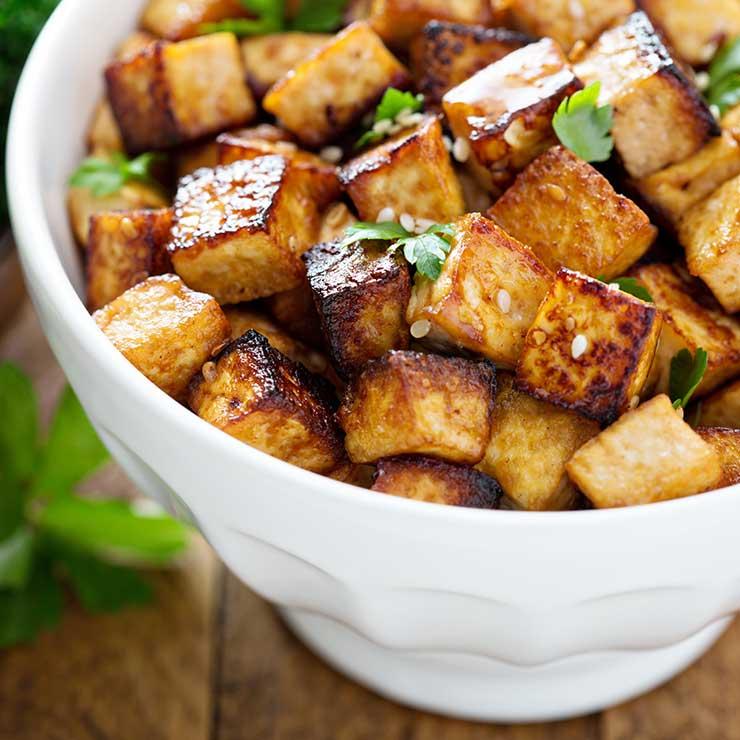 9/12
The Flexitarian Diet
9/12
The Flexitarian Diet
Want to be a part-time vegetarian—a flexible vegetarian? This plan offers a way: You mainly eat a vegetarian diet, but sometimes you get to chow down on a juicy steak.
The diet's mantra "eat more plants" is sage advice. Vegetarians tend to weigh less and have healthier hearts than their meat-eating counterparts. But rigorously following the Flexitarian diet could leave you hungry. The diet clocks in at about 1,500 calories per day—anywhere from 500 to 700 calories less than you might normally get.
The diet swaps out meat for tofu, beans, and lentils. However, there is a potential calorie trap in that approach. "Tofu and beans deliver more calories per ounce than lean proteins," says Bainbridge. "It's easier to gain weight than you might expect."
Also, the diet's emphasis on tofu, soy milk, almond milk, and agave nectar as a sweetener might not be palatable to you if you're worried about genetically modified foods. "All those foods are highly processed and chock-full of GMOs," says Brown. "Sweetening with agave is not much different than using corn syrup."
The Volumetrics Diet
 10/12
The Volumetrics Diet
10/12
The Volumetrics Diet
The Volumetrics plan aims to fill you up on low-calorie, high-volume food. After all, a bowl of kale has a fraction of the calories of a bowl of ice cream. The only issue is that approaching all your meals this way means you'll be eating like an herbivore: lots and lots of salads and soups; very little protein and fat. And that can be a recipe for diet disaster, leaving you feeling hungry and dissatisfied. If there's one thing nutrition experts have learned, a little protein and fat will go a long way to filling you up and and keeping you satisfied.
Plus, there are potential traps along the way. "It's a well-balanced plan, but the concepts can be hard to put into practice," says Bainbridge. "You may start to eat soups. But if they're creamy chowders, you'll take in a lot of fat and calories."
Jenny Craig Diet
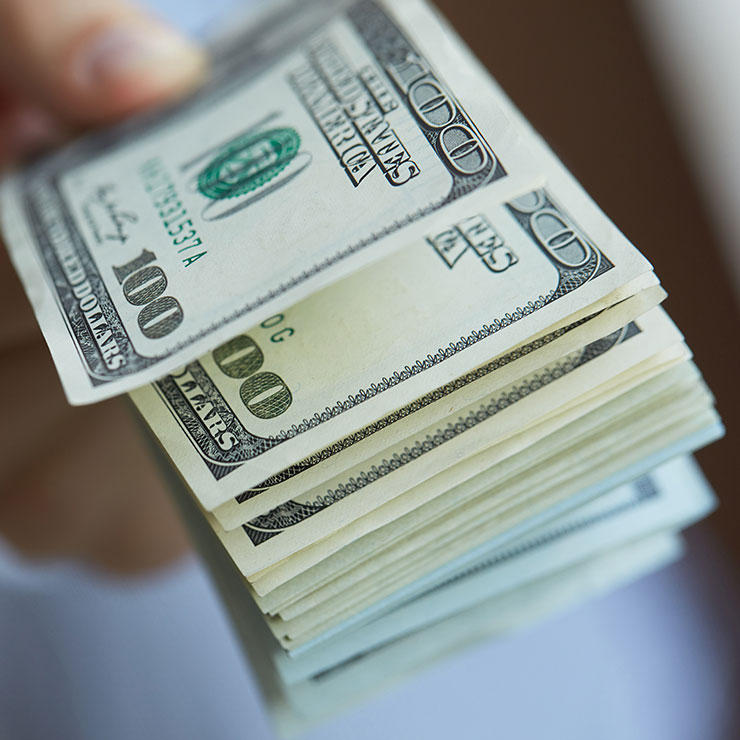 11/12
Jenny Craig Diet
11/12
Jenny Craig Diet
Yes, you will lose weight on Jenny Craig. But so will your bank account, and when you inevitably stop paying for the food, your weight will come back (your bank account may take longer to recover). You'll need to fork over $100 for a starter fee, at least $20 a month for access to support, and about $20 per day for Jenny Craig's prepared meals—even more, if you want it delivered to your house.
To lose weight, you eat Jenny Craig meals and nothing else. "That's pretty hard on your social life," says Bainbridge. "Any time you go to a dinner party, out to eat with friends, or to a summer barbecue, you're going off the plan." If you stop the diet because of expense or you're tired of turning down invites to go out, it's easy for the weight to come back. After all, the early part of the plan doesn't teach you basic nutrition, cooking, or food prep.
The best diet of the bunch
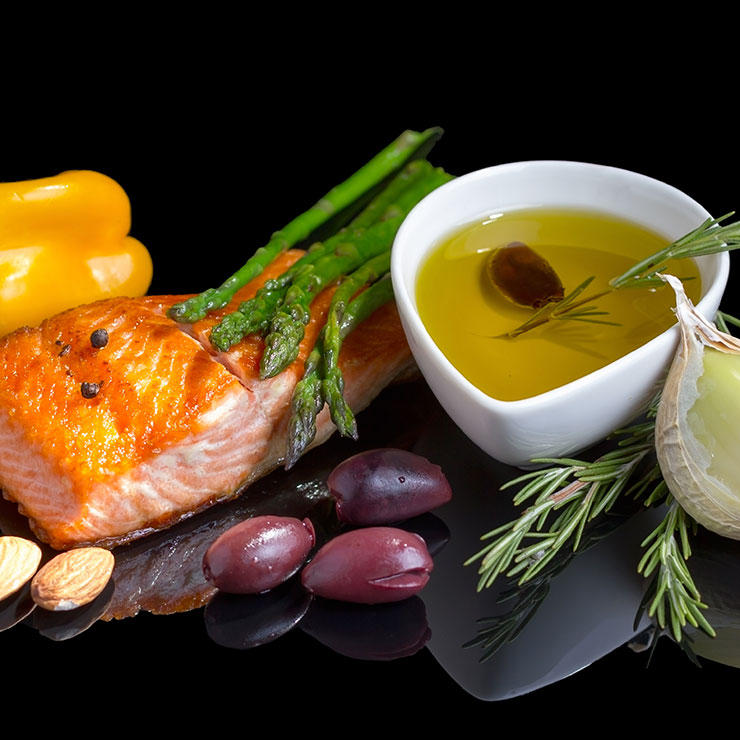 12/12
The best diet of the bunch
12/12
The best diet of the bunch
If you're careful about how you shop and you're willing to cook, it's hard to beat the Mediterranean diet's healthy, wholesome approach to good food. If you can immerse yourself in this plan, you'll find that you won't have to count calories or limit what you eat to start losing weight and improving your health.
- Prev:20 Ways To Cut 500 Calories A Day
- Next:7 Things That Only Someone Trying To Lose Weight Over 40 Understands
 2/12
The DASH Diet
2/12
The DASH Diet
 3/12
The MIND Diet
3/12
The MIND Diet
 4/12
The TLC Diet
4/12
The TLC Diet
 5/12
The Fertility Diet
5/12
The Fertility Diet
 6/12
The Mediterranean Diet
6/12
The Mediterranean Diet
 7/12
The Mayo Clinic Diet
7/12
The Mayo Clinic Diet
 8/12
Weight Watchers Diet
8/12
Weight Watchers Diet
 9/12
The Flexitarian Diet
9/12
The Flexitarian Diet
 10/12
The Volumetrics Diet
10/12
The Volumetrics Diet
 11/12
Jenny Craig Diet
11/12
Jenny Craig Diet
 12/12
The best diet of the bunch
12/12
The best diet of the bunch

